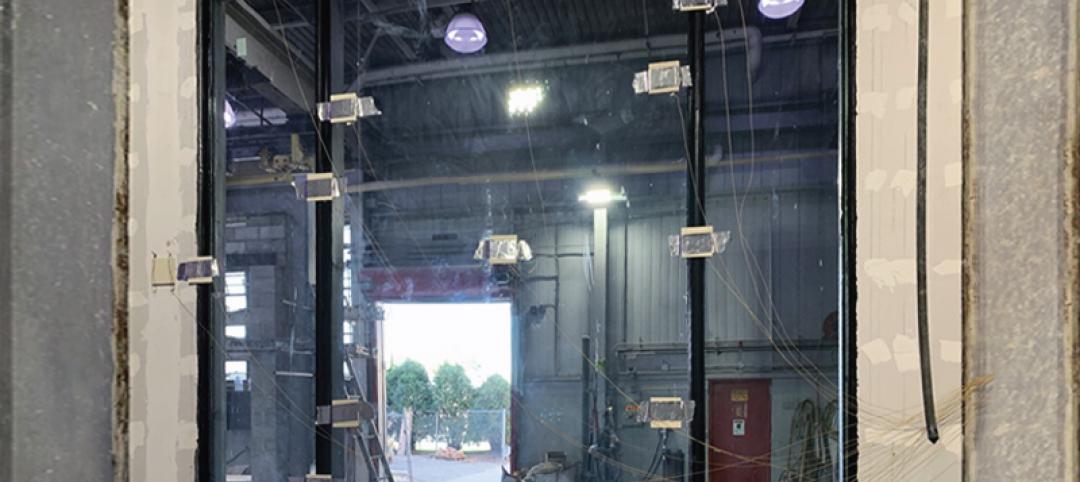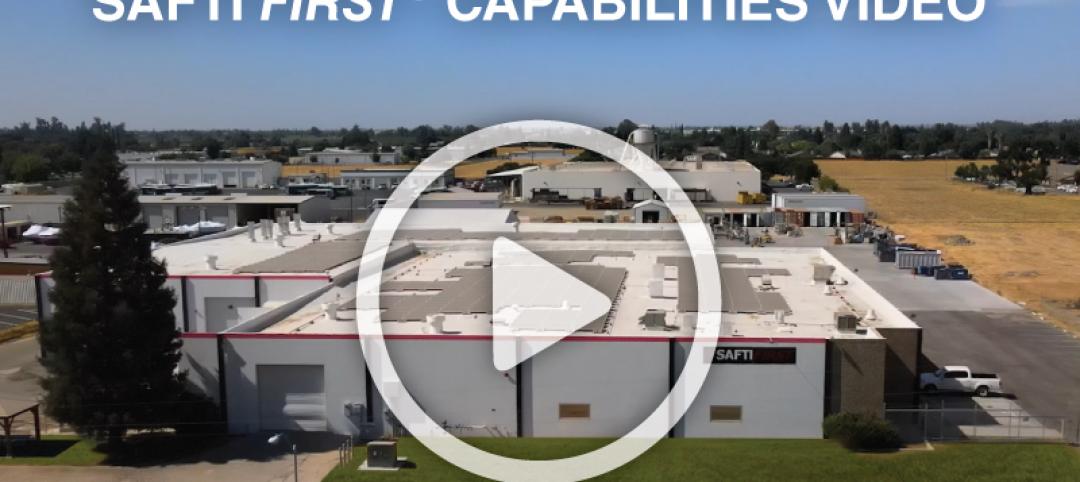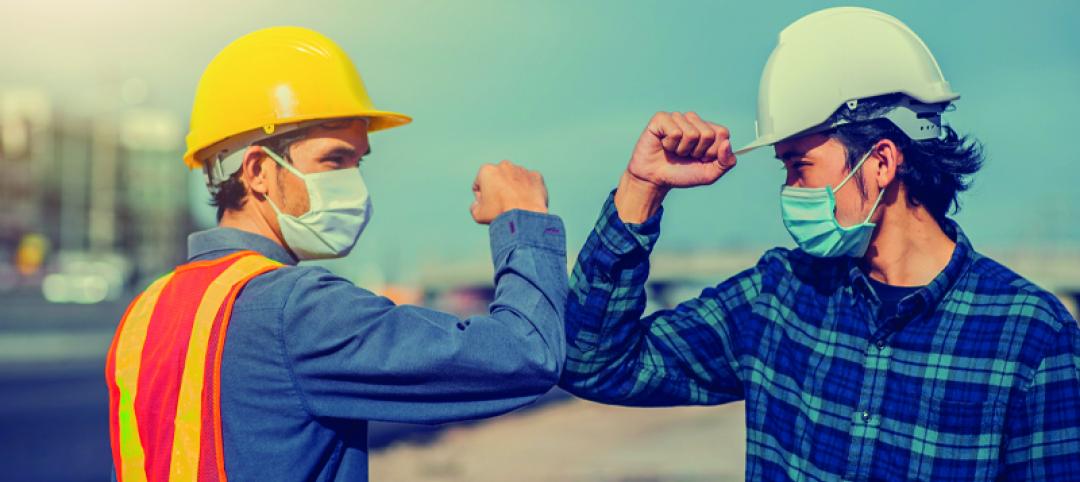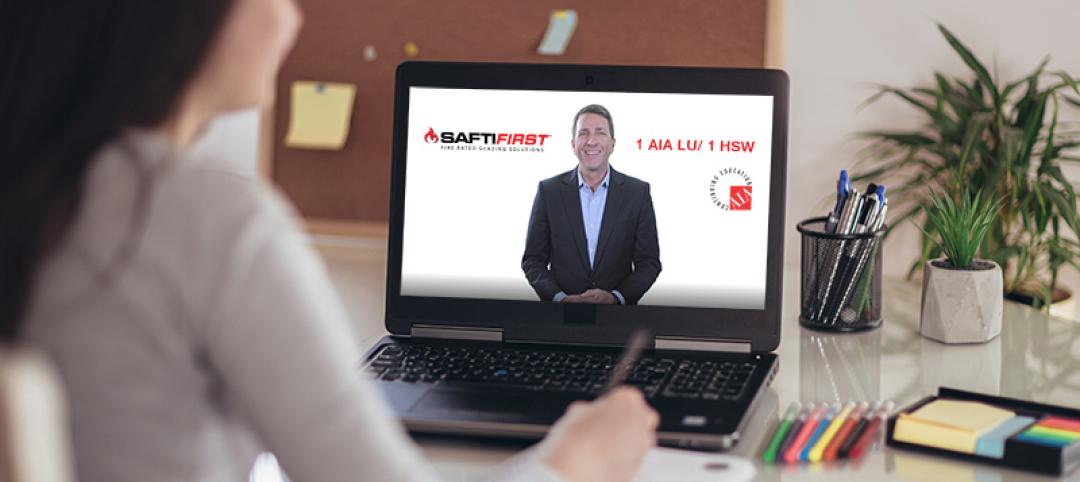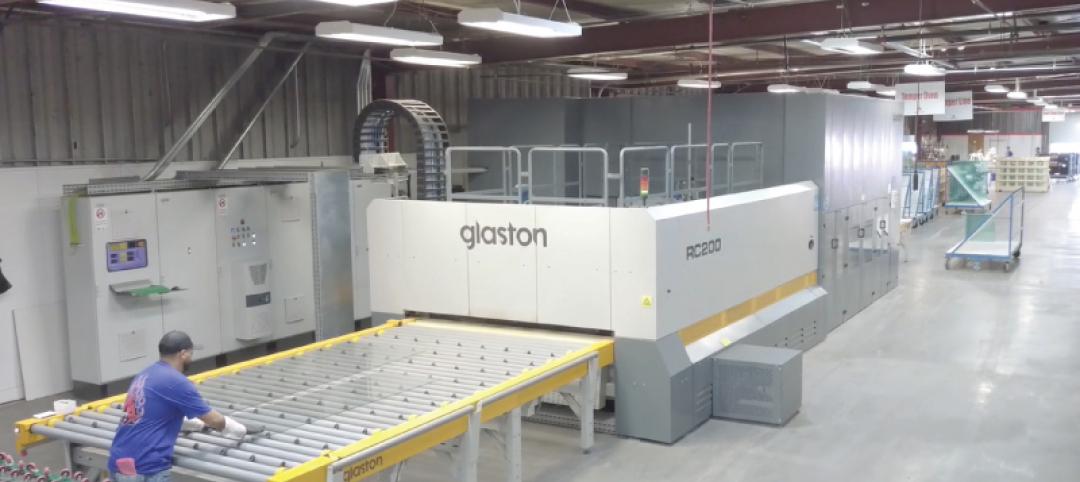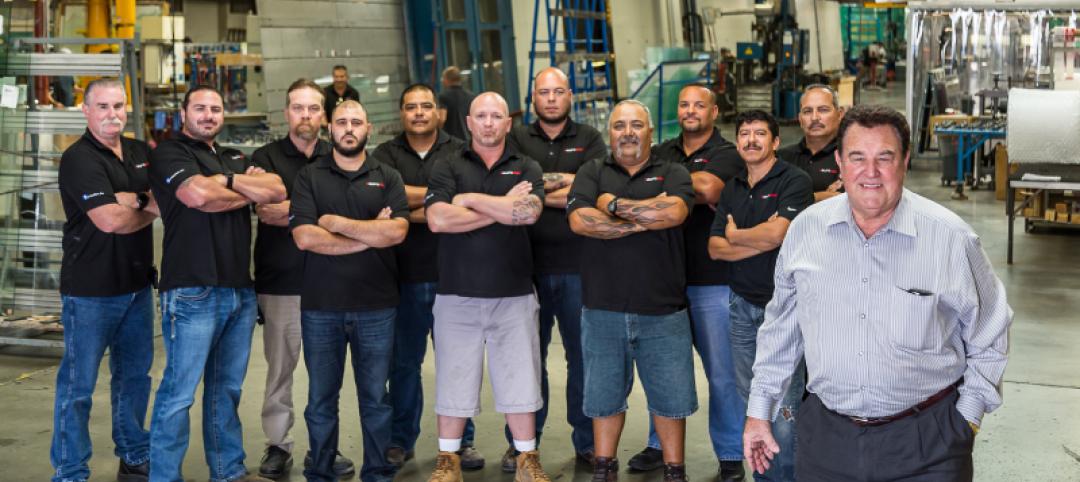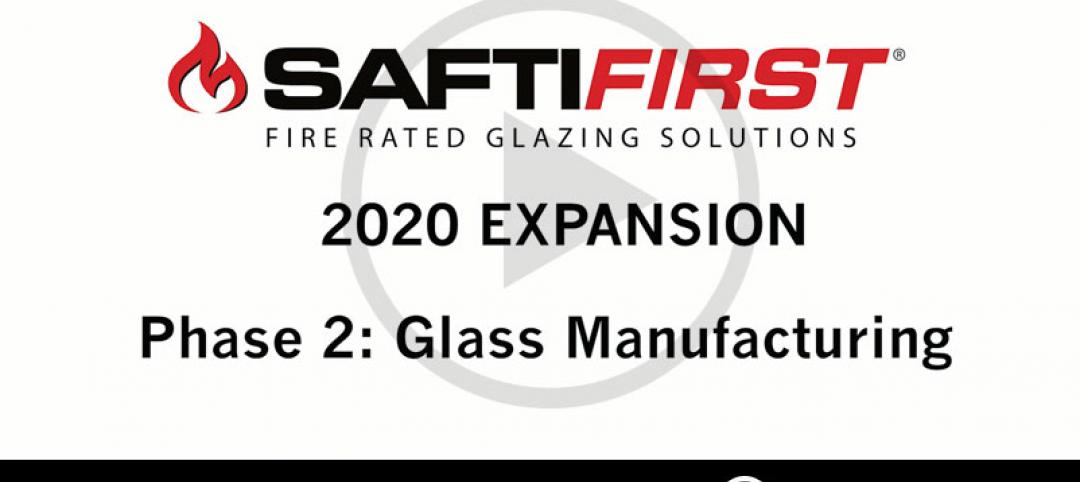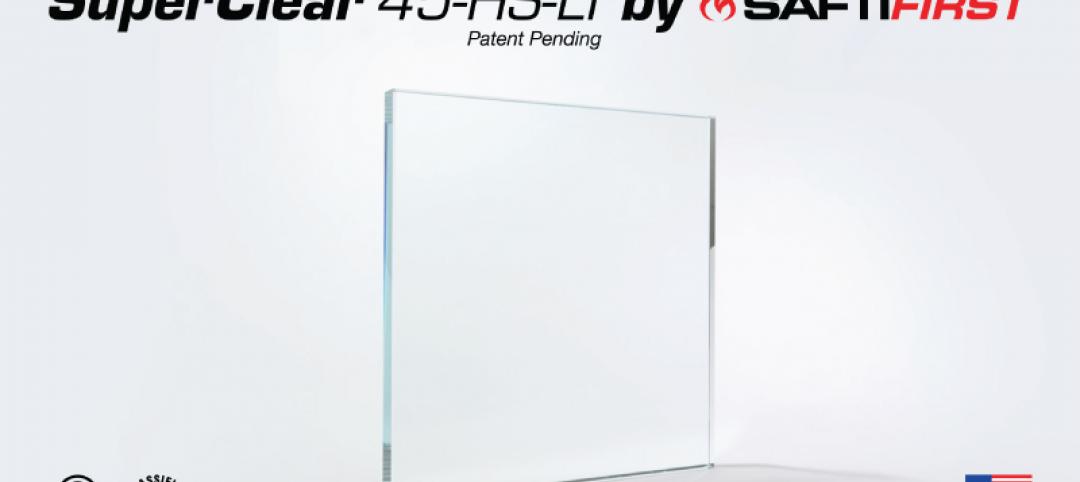When ceramic glazing was introduced to the US market in the 1980s, they were touted by distributors as a wire-free clear alternative to the “wired look” of traditional wired glass. Ceramic glazing was marketed as an improvement and carried a high price tag. It was and still is imported from only two sources. One in Europe and the other is in Asia. Ceramic glazing’s higher initial costs, importation costs and limited sizes were accepted by the end-users for what was marketed as “clear” glazing without embedded wires. Ceramic glazing however was more unsafe than the traditional wire glass now banned by current codes when used in hazardous locations. Only after many severe injuries to the public, some even life threatening, did a ceramic product that met the U.S. government’s Consumers Product Safety Commission’s (CPSC) Safety Glazing Standards come to market. At this same time SAFTI developed the first safe patented filmed wired glass. It was immediately infringed on. SAFTI lost the legal battle with the infringers as it was ruled obvious. This, even though the largest glass company and its distributor had claimed in public safety meetings, specifically on wired glass usage, that they could not be make a safe wired glass product.
Unlike glass, ceramic glass by itself cannot be tempered to meet any impact safety requirement. Thus, ceramic suppliers were now forced to provide public safety by filming or laminating ceramic glazing to provide a safe product for the public. This forced action to provide a safe product further added to the cost of ceramic. Now they had a fire rated product that was much more expensive, still not clear, as all ceramics have an amber tint, and although now meeting the safety requirements broke easily on impact. This meant that even if filmed or laminated the end user would incur increased maintenance costs making it an even more expensive glazing choice. Click on the image below to see a short video showing how filmed wire, filmed ceramic, laminated ceramic and our new SuperClear 45-HS-LI performed in a CPSC Cat. II safety impact test.
Click on the image to play CPSC Cat. II safety glazing test videos comparing filmed wire, filmed ceramic, laminated ceramic and SuperClear 45-HS-LI.
The performance of ceramic as a fire protection product is also considered poor, as unwanted radiant heat from a fire is very efficiently transferred by ceramic glass. This is the reason it is widely used in cooktops and fireplaces. The inability to limit the transfer or spread of dangerous radiant heat is the reason fire “PROTECTIVE” glazing is not code approved for higher “RESISTIVE” (ABOVE 45-MINUTES) areas in buildings. These are areas where the fire glazing must be RESISTIVE both to fire and radiant heat.
RESISTIVE may be used in all areas and is specifically used in areas over 45-minutes or in any location needing the ASTM E-119 or UL 263 higher performance standards. These are critical areas of a building or areas designated for the safe egress of occupants and where a safe haven is provided for people to await rescue.
Building occupants need protection as does the building from the searing radiant heat that can ignite and burn anything in its path, even several feet away, during a fire. Therefore, the requirement of a “RESISTIVE product and not PROTECTIVE” for use in these areas.
Ceramics are marketed and sold with fire protective ratings up to 3 hours. However, this is misleading as the building codes recognize that ceramic glass will not limit this searing radiant heat and therefore have placed limits on any application of its use to just 20-45 minutes for interior areas. There are two exceptions; where a higher than 45-minute rating is allowable, a small 100 square inch area, less than one square foot, may be used in doors. With the other exception being an exception that the ceramic industry pushed to change the code to allow this less restrictive PROTECTIVE glazing option, and they prevailed in its passing. This now allows it to be used in some newly adopted codes in exterior areas. However, this usage is determined by the fire separation distance mandated or allowed by the code official and the size of the area.
Aesthetically, ceramics will always have a tint despite the offering of an even more expensive polished version. Ceramics just cannot match the same clarity or coloration of the new, patent pending, SuperClear 45-HS (HS=Hose Stream) or the SuperClear 45-HS-LI (HS-LI=Hose Stream and Low Iron) architectural glass.
Are ceramics obsolete?
Dictionary.com defines the word obsolete, when used a verb, as ‘to make obsolete by replacing with something newer or better.’ This phenomenon is quite common to many products due to rapid and ever-evolving technological advances. For example, Betamax was obsoleted by VHS; VHS was obsoleted by DVDs; and to some extent, DVDs are obsoleted by online streaming.
The same is true for fire rated glazing products. Thanks to advances in technology, USA-made fire rated glazing products have outpaced the foreign competition in terms of fire safety, impact safety, radiant heat protection and aesthetics, all at a lower cost!
For the reasons stated, we treat ceramic glazing as “OBSOLETE” and would hope you will consider doing that also.
Please check out our new online ordering (coming soon) and our web site www.safti.com for all of SAFTI’s cutting-edge fire and safety PROTECTIVE and RESISTIVE products.
THESE INCLUDE:
For PROTECTIVE areas:
- SuperClear 45-HS/SuperClear 45-HS-LI (patent pending) for all 45 minute applications.
- SuperLite I for 20/30-minute for doors and other 20/30-minute applications.
- Superlite II-XL 45 where superior heat transfer reduction or sound attenuation is desired.
- SuperLite X-45/60/90 for doors up to 100 sq. inches.
And for RESISTIVE areas:
- SuperLite II-XL 60, SuperLite II-XL 90 and SuperLite II-XL 120 with the largest sizes in these higher ratings and meeting ASTM E-119 or UL 263.
- SuperLite II-XLB 60, SuperLite II-XLB 120, SuperLite II-XLM 60 and SuperLite II-XLM 120 for butt-glazed wall applications meeting ASTM E-119 or UL 263.
All these products are listed by UL, Intertek or both. Available with fast lead times and competitive pricing. Please request a small sample of our patent-pending SuperClear 45-HS-LI here and If you have any questions regarding fire PROTECTIVE and fire RESISTIVE or need to speak to someone about a current or upcoming project please call SAFTI FIRST toll-free at 888.653.3333. Our team of friendly fire rated glazing experts are ready to help you!
More from Author
Bill O'Keeffe | Oct 19, 2020
Going virtual
Manufacturers use virtual platforms to help architects meet CEU requirements.
Bill O'Keeffe | Feb 10, 2020
USA-made fire rated glazing goes big in 2020
We are pleased to announce and share that the second phase of this $8 million expansion, upgrading our fire rated glass manufacturing facilities in Merced, California, is underway.
Bill O'Keeffe | Nov 20, 2019
Demand for advanced, USA-made fire rated glazing “RAISES THE ROOF”
With architects specifying full-vision, code-compliant, 60 and 90 minute, temperature rise doors for exit stairwells and other code required applications, we found this as an opportunity to expand our product offerings.
Bill O'Keeffe | Jun 13, 2019
Fire rated glass embraces low-iron glass trend with innovative new products
All the benefits of using low-iron glass are now possible with a USA-made fire rated glass.

